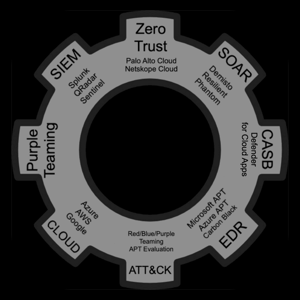SAML and OIDC are for authentication (i.e.: is this user who they say they are). OAuth is an authorization standard - i.e. "What resources does this user/other entity have access to". SCIM is a standard for provisioning of identity data (users, groups/members, etc) across systems.
Between SAML and OIDC, OIDC is more modern, SAML is more widely adopted thanks to being around longer. You can potentially implement either or both of those to cover the initial user authentication/sign-in experience between an identity provider (IDP) and your app. If you adopt OIDC, you'll also want to implement OAuth 2.0.
Whether SCIM is needed to enrich the quality of user/identity data present in your app is a separate question.


